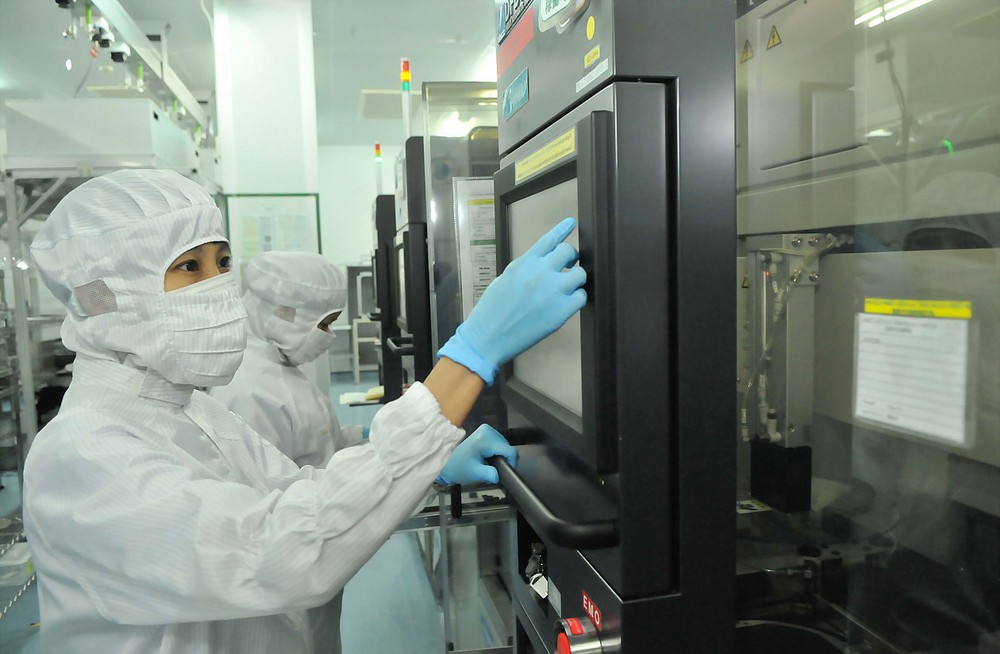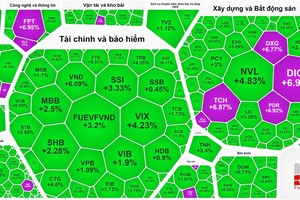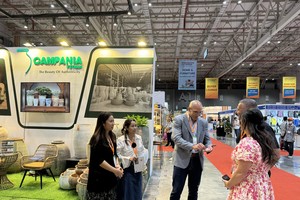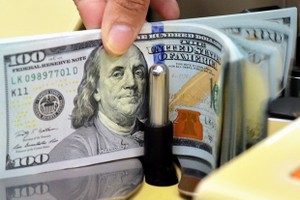
A representative of the Ministry of Planning and Investment said that so far Vietnam has attracted businesses from 129 nations with 24,580 projects and the total investment capital of US$316.9 billion.
Of the invested fields, processing and manufacturing accounts for 59 percent, real estate, accommodation service and construction 24 percent; electricity, gas and water production and distribution 6.5 percent and auto retail and wholesale 2 percent.
South Korea is the largest investor with the total funds of $57 billion, followed by Japan with $49 billion, Singapore $42 billion and China $12 billion.
Mr. Vo Tan Thanh, deputy chairman of the Vietnam Chamber of Commerce and Industry, said that Vietnam has become one of the most five attractive Southeast Asian nations to foreign investors.
The country has many advantages such as stable economic growth maintaining to be above 6 percent. GDP per capita increased 6.5 percent in 2017 and 55 million people are in working age.
The ratio of highly skilled workers has been on the rise, mainly concentrating in big cities. Traffic infrastructure has been much improved for the last three years facilitating trade connectivity among provinces and cities and partly meeting development demand.
Vietnam is located in a strategic position taking only 50 flight hours to access 50 percent of the world market. Over 50 nations have opened the door for Vietnamese goods through bilateral and multilateral free trade agreements which the country has signed.
Most of foreign businesses learning about investment opportunities in Vietnam come from fields such as electricity-electronic equipment, tech toys, components, machines and accessories, building materials, interior and exterior decoration, food and beverage and beauty products.
Many more incentives
According to Ms. Nguyen Thi Huyen Ngoc from Southern Investment Promotion Center, many preferential policies for investors have been issued the Government and implemented by investors to increase the attractiveness of Vietnam's investment environment. Among these is the policy identifying corporate income between domestic and foreign firms to create fair competitiveness.
The tax rate has also reduced from 25 percent to 20-22 percent.
Firms investing in priority fields enjoy more incentives such as lower than normal corporate tax or exemption during a certain period of time. Those carrying out education, health, culture and sport projects pay the tax rate of only 10 percent.
If the above projects are implemented in disadvantageous areas, investors will be exempt from paying corporate tax in four years and enjoy 50 percent cut in the next nine years.
The 10 percent tax rate is also applied for businesses conducting agricultural and seafood projects in disadvantageous areas.
Key industries, environmental protection and large scale projects in hi-tech parks, economic zones and industrial zones will also enjoy the 10 percent tax rate during 15 years of operation. In following years after getting profit, investors will be exempt from paying corporate tax in the first four years and receive 50 percent cut in the nine following years.
They will also see tax exemption for importing machines and equipment not yet produced domestically for production lines of projects.
Vietnam has improved infrastructure ad put into operation 324 industrial parks to receive investment waves in the upcoming time. Of these are 43 foreign invested industrial parks, 16 coastal economic zones and three high-tech parks.
The Vietnamese Government have encouraged businesses to invest in high value projects using modern technologies, projects transferring from doing outwork into making high added value products, infrastructure structure development, high quality human resource training, modern services and large projects able to attend global supply chains.
























